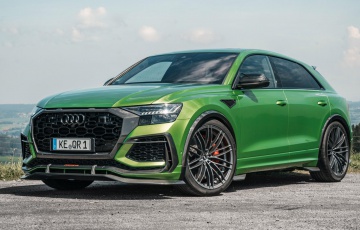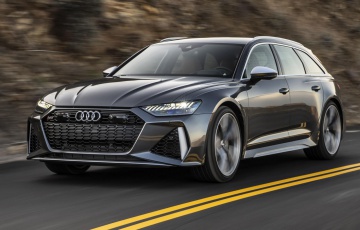2023 Audi Q8 e-tron 55 First Drive Review : Voltaic Equ8tion
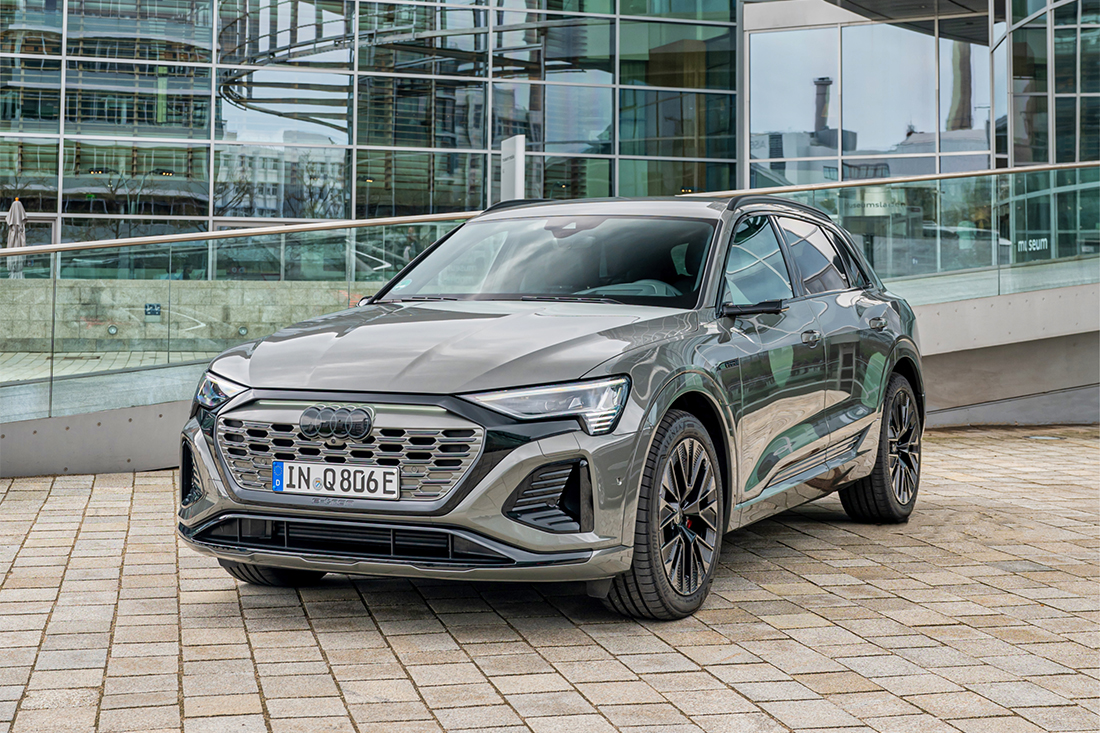

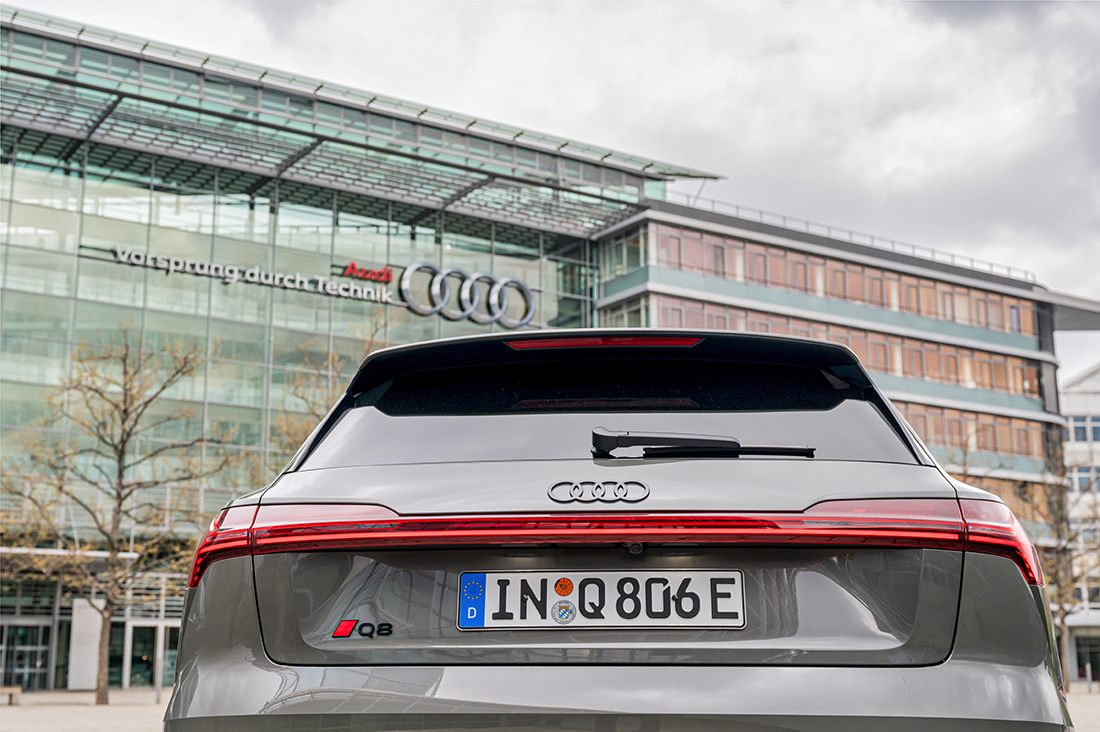
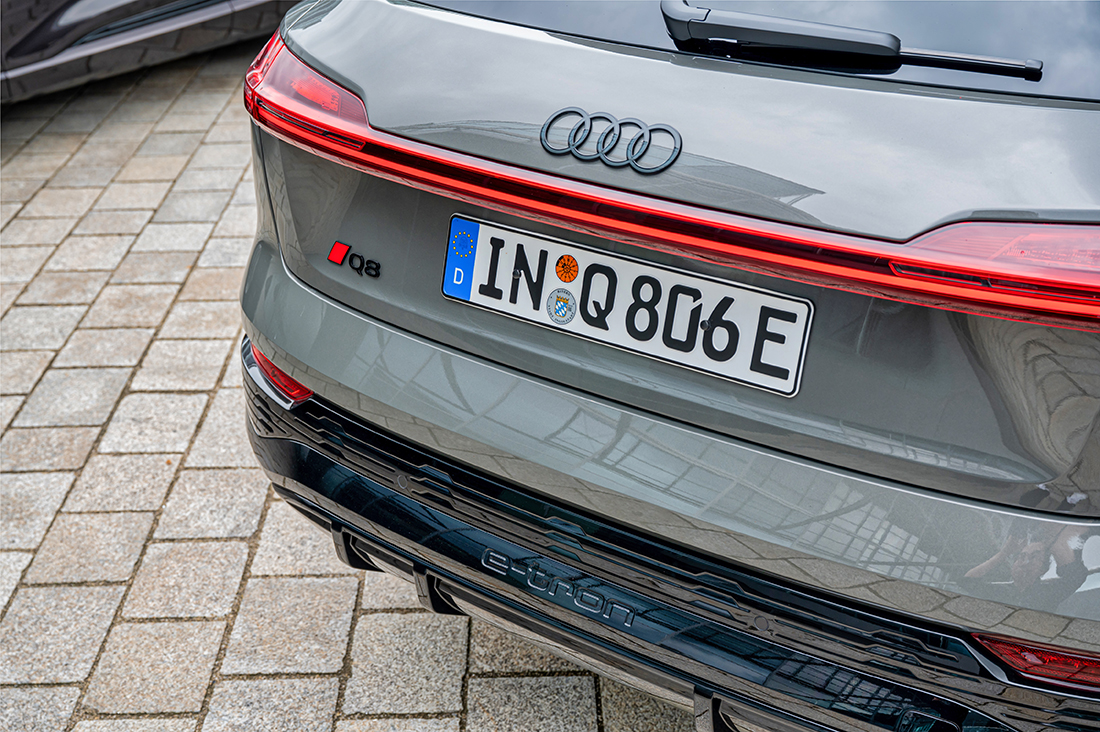
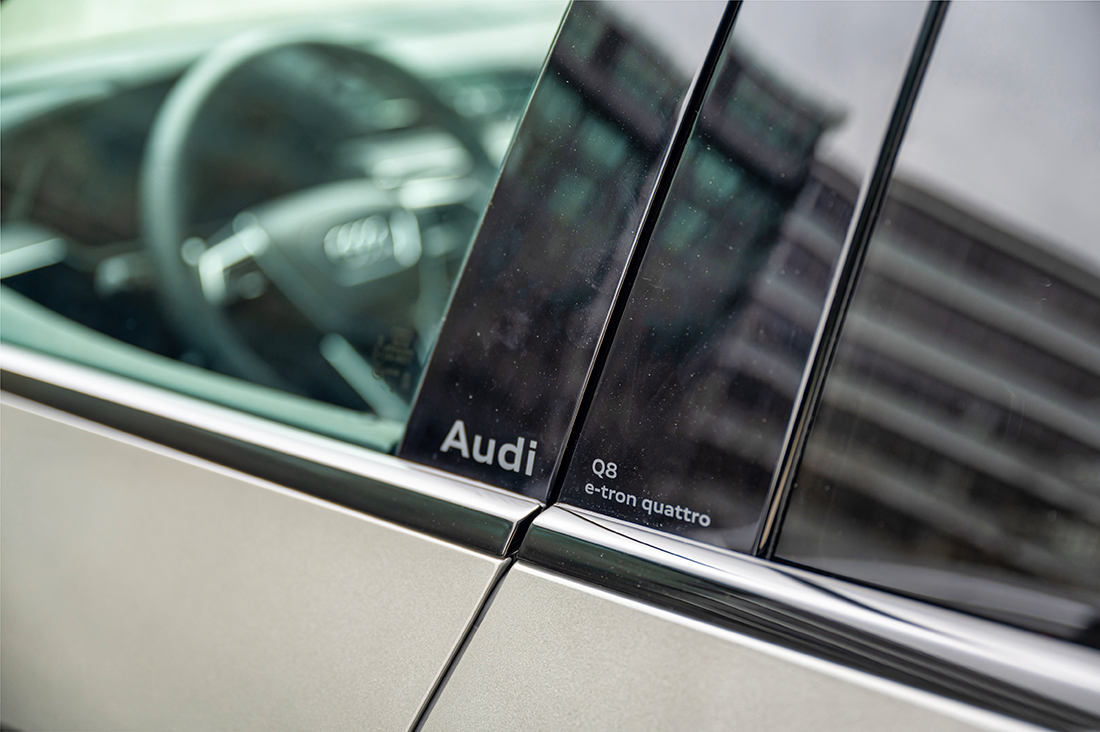
2023 Audi Q8 e-tron 55 First Drive Review : Voltaic Equ8tion
Ingolstadt, Germany - So, here it is. Audi is in the midst of sorting out their model designations, with odd numbers going to their ICE vehicles, and even numbers for their growing EV range. The Audi Q8 e-tron is the reason why we are here, just North of Munich.
We first caught a glimpse of the Q8 e-tron during the Audi House of Progress, where Jay did a walk-around, so I will not dive too deeply into its restyling. The new badge, as mentioned earlier, is for the alignment of their current largest electric SUV and Sportback.
So the front and rear are where it visually is noticeably different from the e-tron, and Audi says is not only cosmetic but also functional. As per many EVs out there, manufacturers tend to push for better aerodynamics, as it would have a significant impact on range. Therefore the same goes for the Q8 e-tron, where behind that new face and logo-illuminating light bar, lies electrically operated louvres, which only open when more cooling is required. There is also a pair of redefined intakes for the air-curtains.


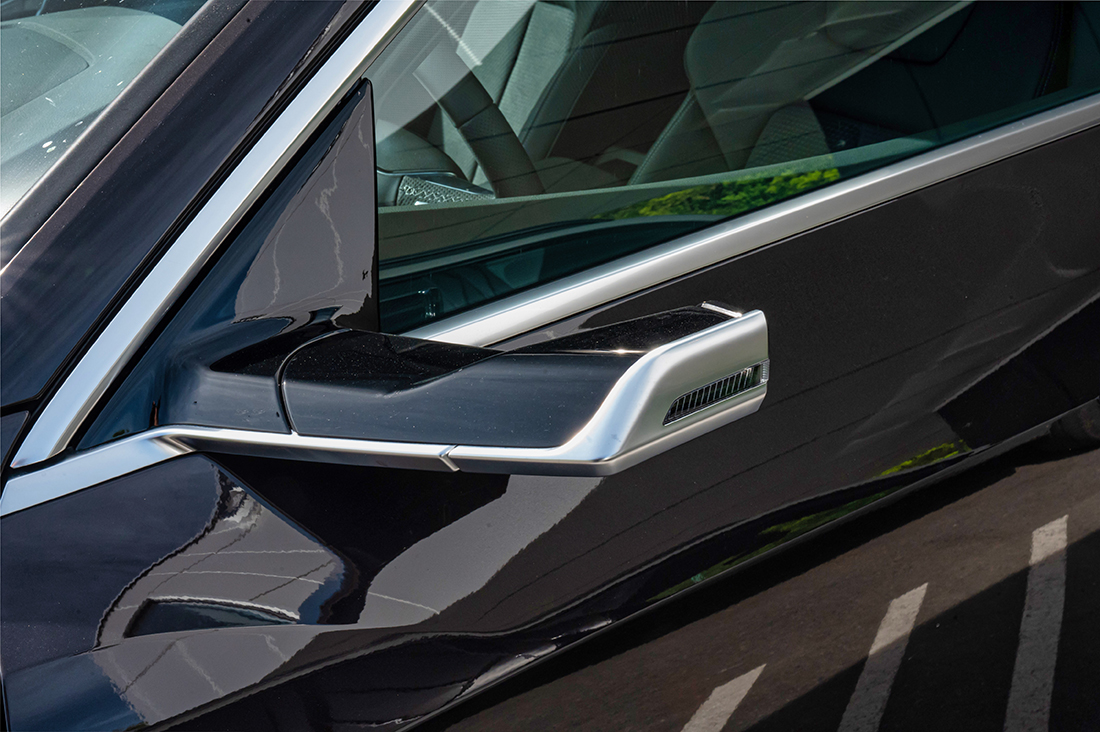
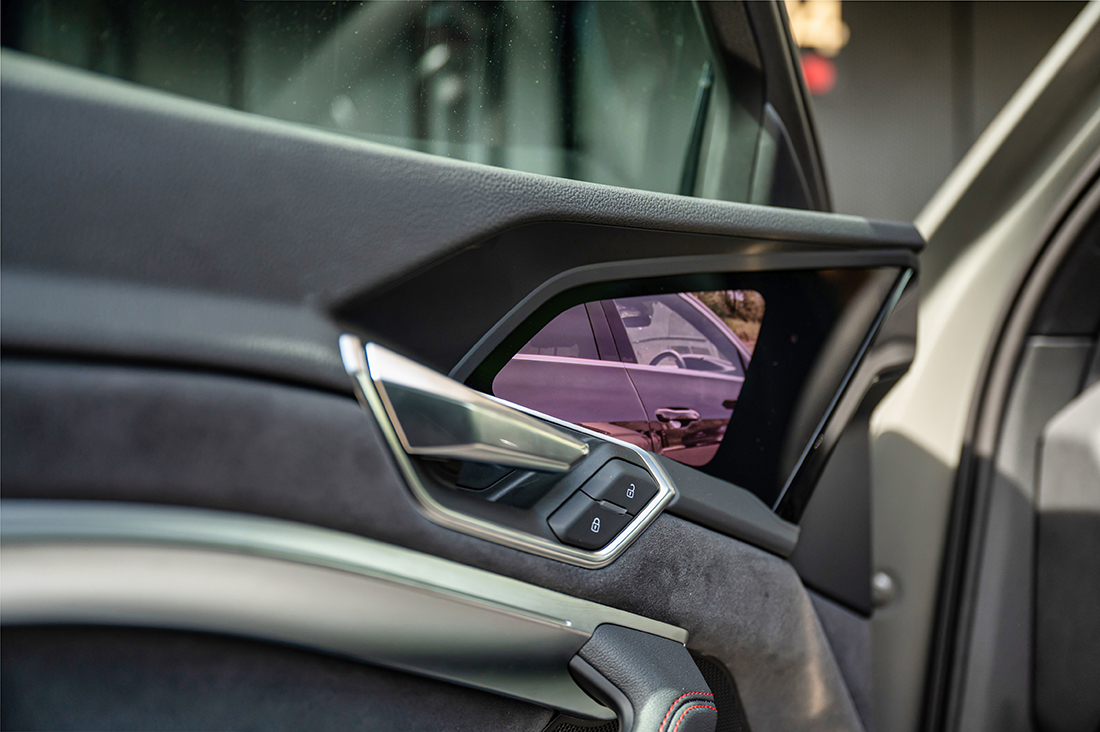
The wing mirrors on our press fleet have been replaced with optional virtual mirrors, which consist of small cameras on streamlined appendages, that feed onto door-mounted screens (a €1,500 option in Germany). While this might add to a smaller frontal footprint, where it means in simple caveman talk: “Ugh… wind blow less car,” your view is limited to where the cameras are only able to “see”. Moreover, if you are looking at another car in the next lane, you might have difficulty knowing how close to you it really is, as the camera removes any depth perception you would have… Sort of like doing a studio album in analogue, converting it into low quality digital, and then stamping the album onto an LP - you get the drift. You will also have to look downward, and away from the line of the road when using them, which l find rather unnatural. Hence I do feel that this is an option that you could do without.

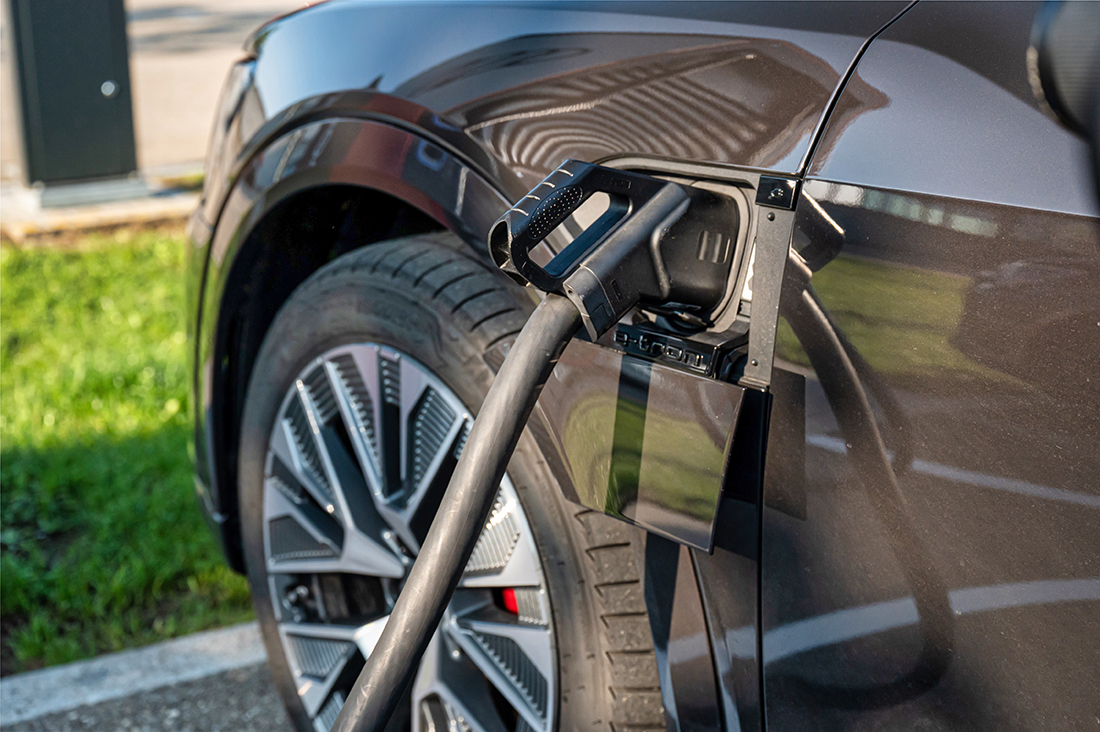
Audi has improved on their battery densities for the Q8 e-tron range, with the base 50 car’s capacity increased from 64kWh to 89kWh. This translates into some 44% of added rage, while the 55 and S versions with their larger battery, get bumped from 86kWh to 106kWh. Thomas Wenzel, Audi’s Communications Director mentioned that the battery chemistry has been optimised, with up to 20% more cell material. All this while retaining the same footprint of the battery pack. Quite obviously, variant for variant, weight has increased, so Audi has gone on to reduce weight wherever they can. One of these places is the underride guard. The previous e-tron used an aluminium plate, which was heavier. The Q8 e-tron on the other hand, benefits from weight savings, since in-place, it uses an aerodynamic-dimpled high-strength plastic guard.
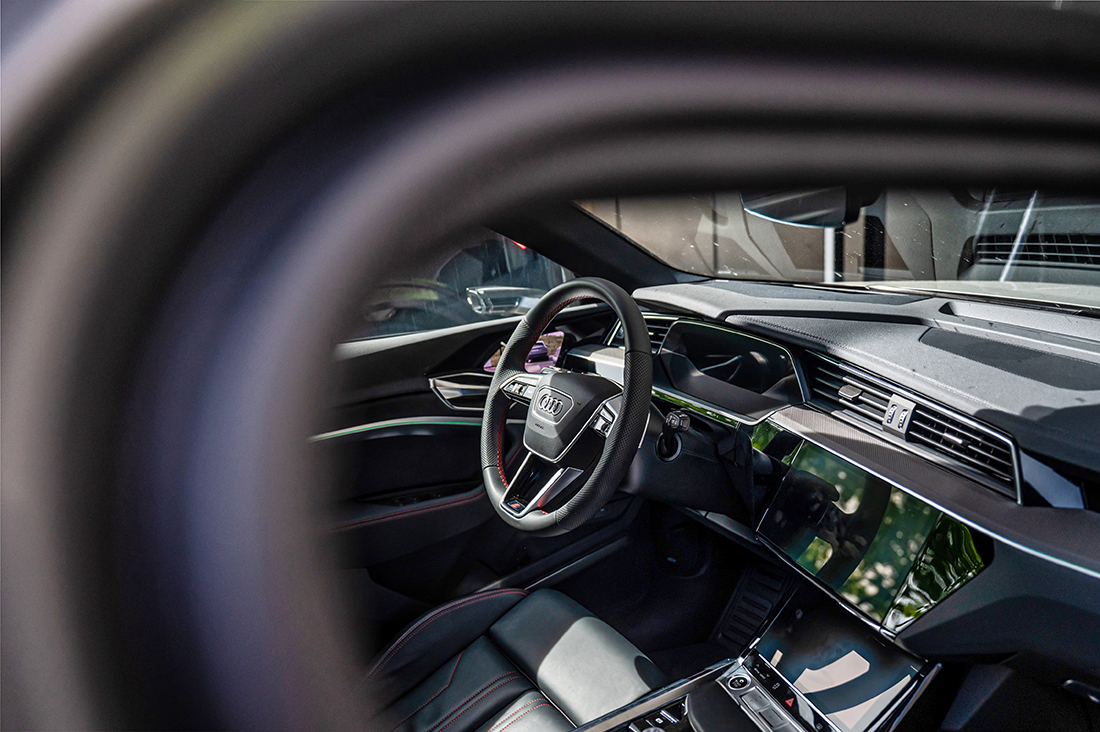


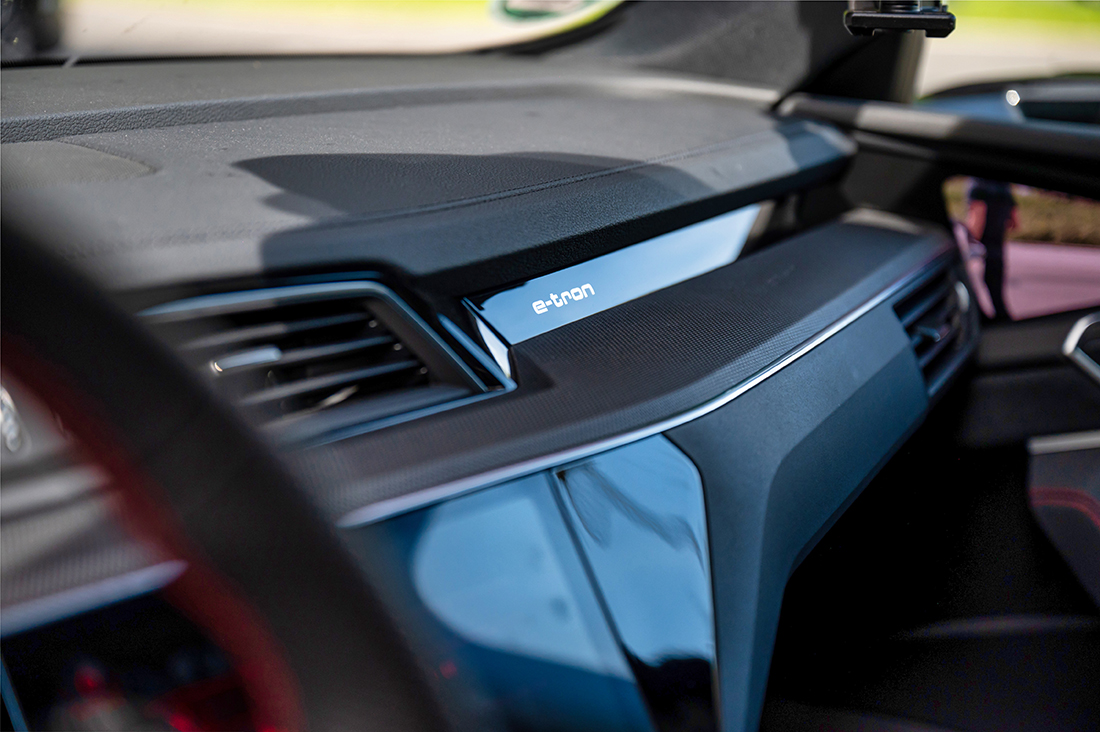
The interior has simply been carried over, which means that you get two MMI touchscreens, gloss black inserts matched with other shiny surfaces, and a unique drive shifter. All this would mean that surfaces are prone to fingerprints, so it would be wise to have a good lens cloth at the ready. When compared to the similar in size BMW iX, the Audi Q8 e-tron does have a shorter wheelbase. But I must still say that rear passenger space is very generous, with no trouble for me stretching my legs. Headroom, even in the Sportback, is also decent. While the boot may seem shallow, 569 litres for the SUV is plenty; while the Sportback offers a slightly smaller 528 litres.
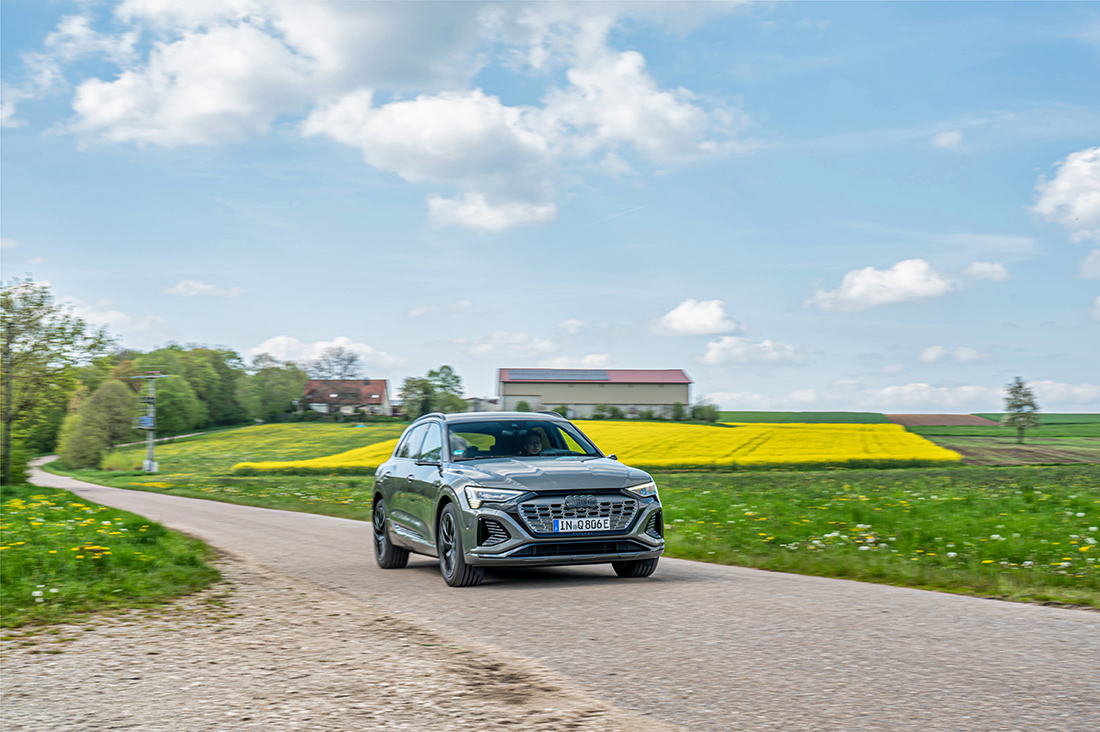

The weather is mild in Bavaria at this time of the year, which means that we have uncompromised road surfaces and good visibility. We pulled onto the autobahn shortly after leaving the Audi Forum, where we were attending a museum tour (stay tuned for a picture fest). Immediately, the Q8 e-tron feels sharper than its predecessor. Audi had taken pains to tweak the steering, so that it feels more direct. The suspension has also been worked-over, with new front axle bearings, and firmer bushings. The ESC (Electronic Stabilisation Control) also receives a tweak. How the Q8 e-tron behaves is a noticeable difference, as the previous car, had a tendency to twitch on the highway over changes in road camber (this happened in the e-tron when we were coming down from KL).

As the German autobahns would egg you on to arrive earlier at your destination, I put my right foot on the floor, to bring the Q8 e-tron to proper highway speeds. Along the way, we gauged how the twin-motored EV would fare alongside some high-powered mid-sized cars. Getting from double digit speeds to 160km/h is really effortless. Beyond this, speed increments begin to tickover, as the motors cross their optimum operating parameters. But keep your foot down, and the electric SUV, still willingly, albeit with some resistance, pulls to (and past) its electronically limited 200km/h… All this, while the cabin, apart from some A-pillar wind noise and motor hum, is pleasantly quiet. However, in driving at a faster pace, the batteries, like in all EVS will begin to deplete very quickly.

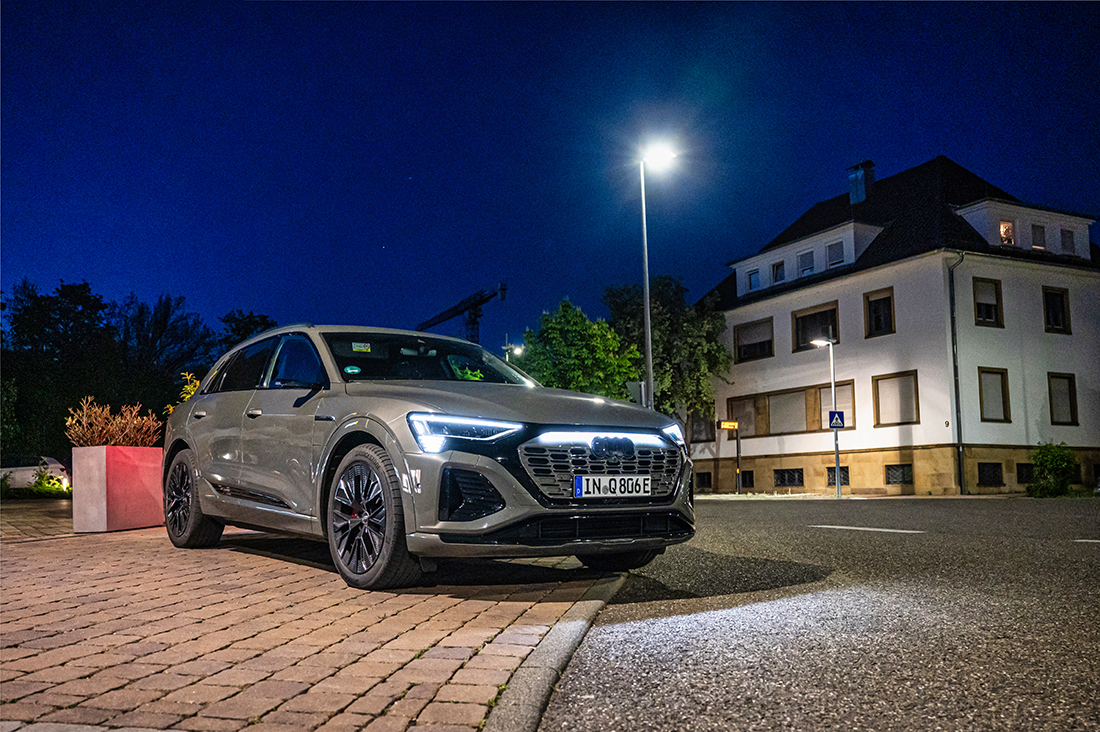
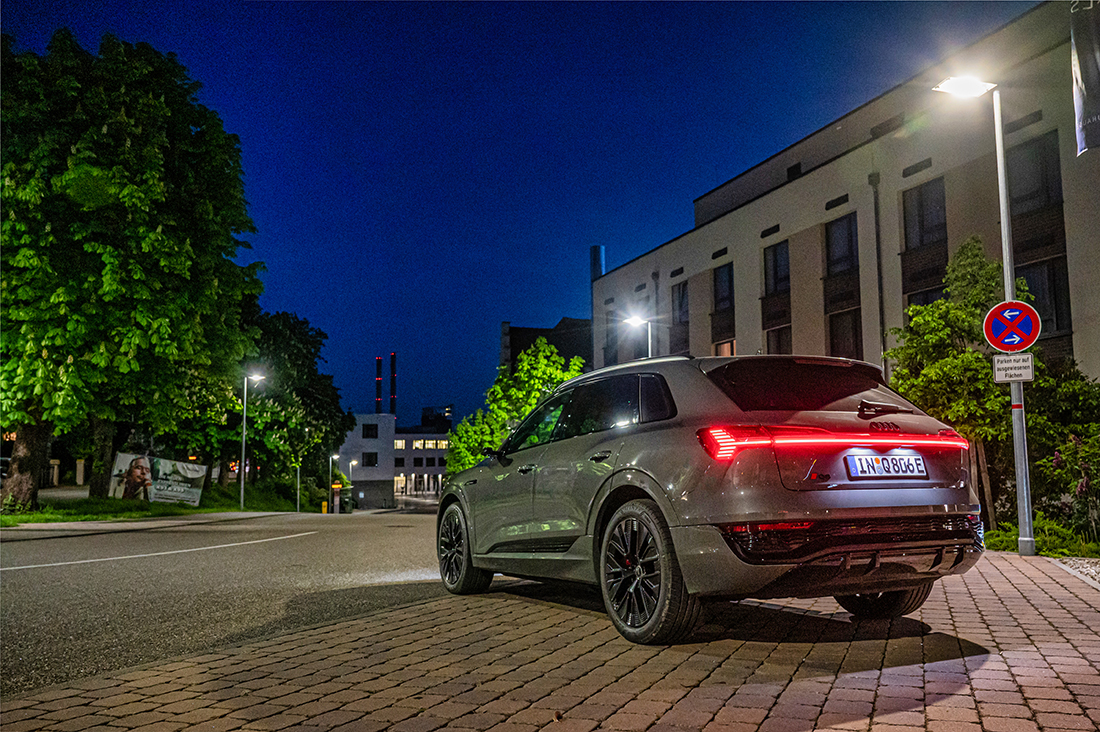
We hop back onto some B-roads, to get a sense of how the Q8 e-tron takes on the sideroad twisties. Over here, I feel that it feels more planted around corners than the e-tron. You can tell that all the reprogramming of the suspension helps it to easily find that sweet spot between comfort and handling. This is really quite impressive, given that the Q8 e-tron weighs in at somewhere around 2,500kg.
The Q8 e-tron 55 has a said range of up to 600km, which would mean that if you were to do a theoretical 60km a day, while you have ten days between charges. IYKYK, it would probably be less. The lower-powered Q8 e-tron 50, which will likely be the most popular variant once launched, will be able to do up to a claimed 505km with its smaller 89kWh battery.

So when is it coming to Singapore? Sources say that the Q8 e-tron will likely hit our roads in July 2023.
PHOTOS Audi & Clifford Chow
Audi Q8 e-tron 55
Electric Motor: 408hp, 664Nm
Battery: Lithium-ion, 106kWh
Charge Time / Type: 28mins to 80% / 170kW DC charge
Electric Range (WLTP): 582km
0-100km/h: 5.6secs boost
Top Speed: 200km/h (electronically limited)
Power Consumption: 26kWh/100km (WLTP)
CO2: 0g/km






